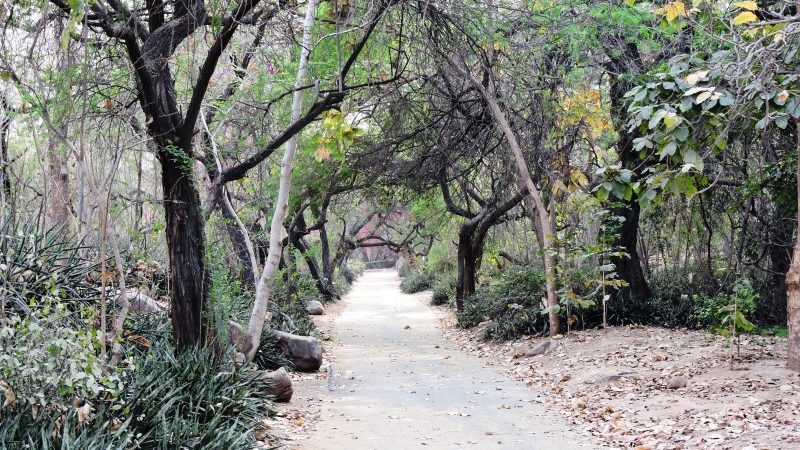Social Impact of Infrastructure Projects
Your feedback and suggestions for the Blog are very valuable to me and I appreciate the time and efforts you put in providing them. I am hugely benefited by the feed back not only because it makes me feel good, but also because it gives me clues to the direction of your thinking and actions. It is particularly encouraging when I get feed back to past posts because it tells me that the writing is still in your memory. After all this is our blog and our city and we should support each other in making it a creative one.
I had earlier shared interesting statistics about the Delhi NCT region . In that it has 111 sq. km. of forest 40 sq. km. of tree cover against the geographical area of 1483 sq.km. Thus this cover represents only about 10.2% of total area of land. However as per government records, so much plantation has been done since 1950, by various agencies like CPWD, DDA MCD, etc. that 470 sq.km of area should be under dense forest. The responsibility of the contractors/ builders for tree plantation ends with depositing the money with the forest department. So much for trees affected by infrastructure projects.
Yesterday I met few researchers, really committed and concerned about the people affected by infrastructure projects. They shared with me some insights into the Resettlement and Rehabilitation (R&R) issue related to infrastructure projects. They also informed that the responsibility and accountability for R&R ends with the private company depositing the relevant amount of money with the government. So unless the affected people are large enough or organized enough, the compensation package that they receive is ‘pereto optimal’ (affected people should be, at least as well off after displacement as they were before it, if not better) and nothing ever comes to the light.
Also, what remains not measured is the impact on people who were providing services to the displaced families and businesses, like the vegetable vendors, cloth vendors, tea and snack stalls which are ‘mobile’. They are impacted and take at least a few years to recover, if at all. At the same time, there are no figures available of families or small roadside businesses (Panwallas, Istri-wallas, cobblers etc.) who are affected due to a Delhi Metro project or road expansion/ widening for the Commonwealth Games. What I am aware of is that R&R happens over stretches. It is done almost overnight and clandestinely.
If any one has more information on this and would like to share, please do leave it as a comment. I would very much like a dialogue on this issue.




i think development is not a bad thing making good infrastructure , roads ,dams etc but it should not be at the cost of the environment . so we should always do something that will sustain for the future generation also.
R&R is usually a major sham since the people doing it don’t think the slums have any rights to be there anyways. Slums are given some respect by some politicians during election time and othe than that…they are left to fend for themselves.